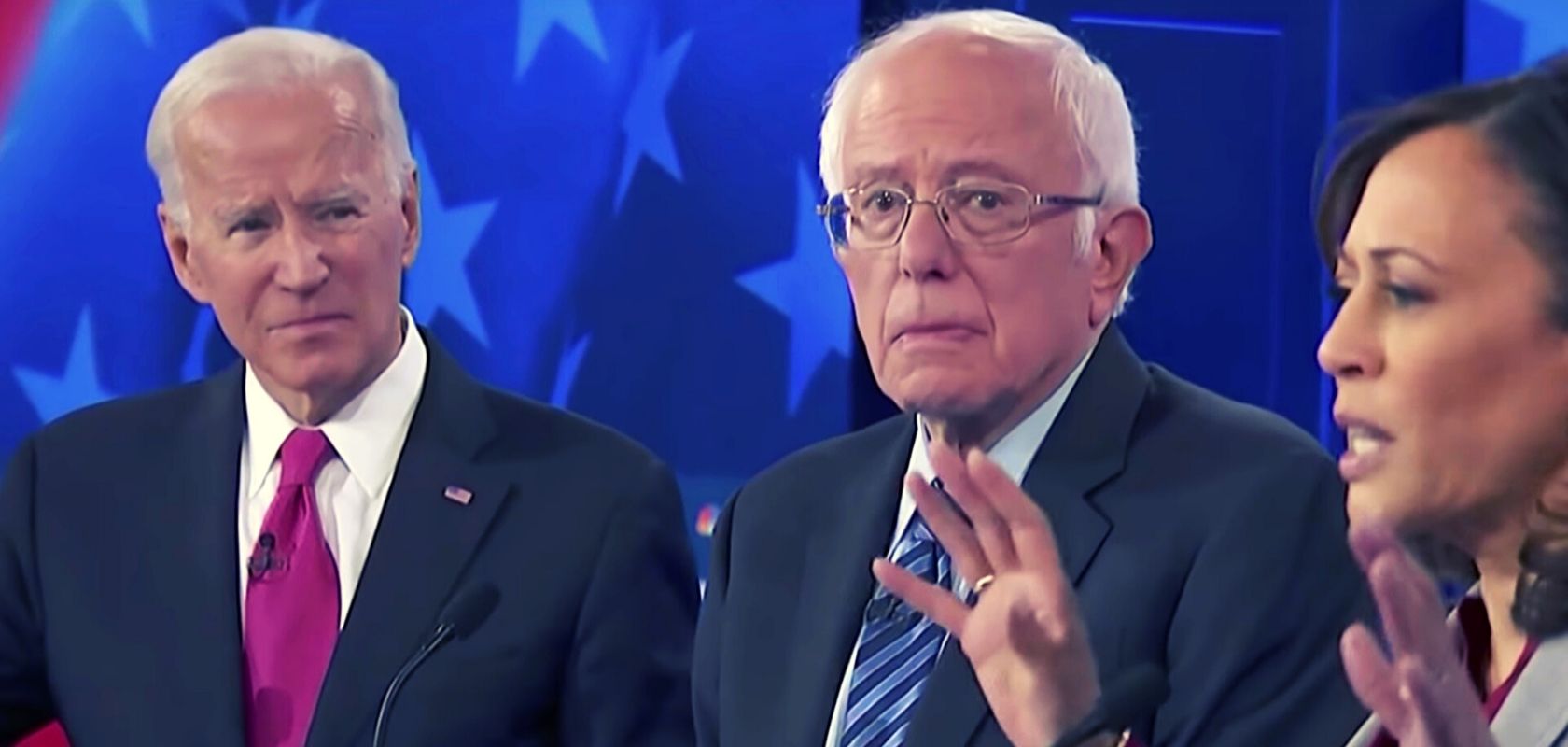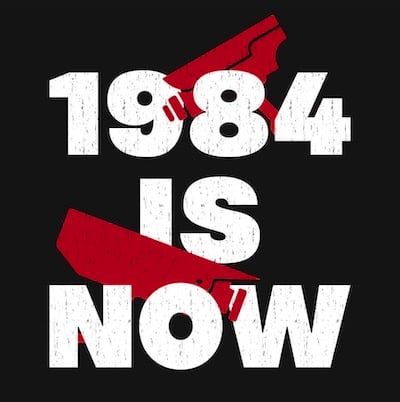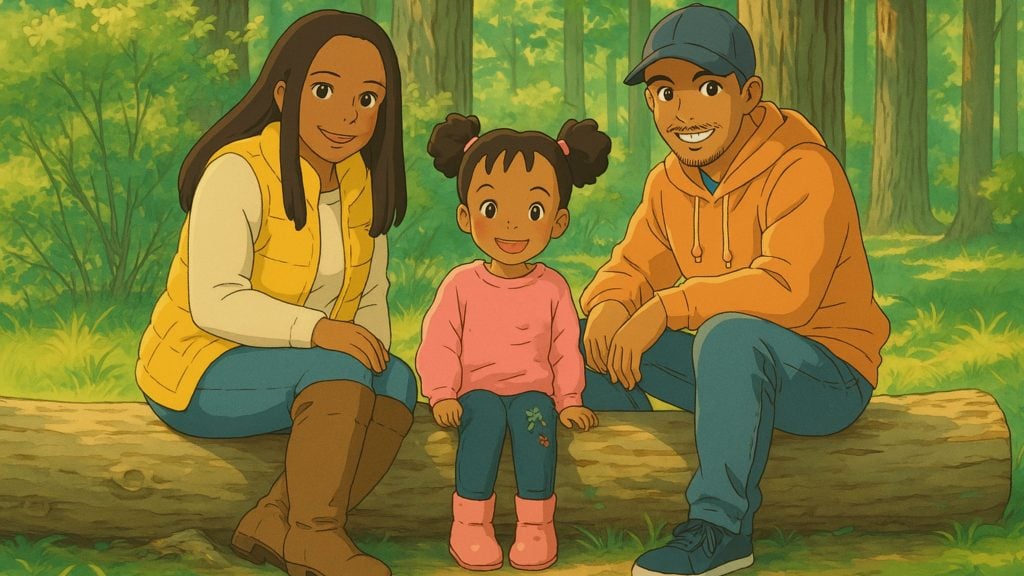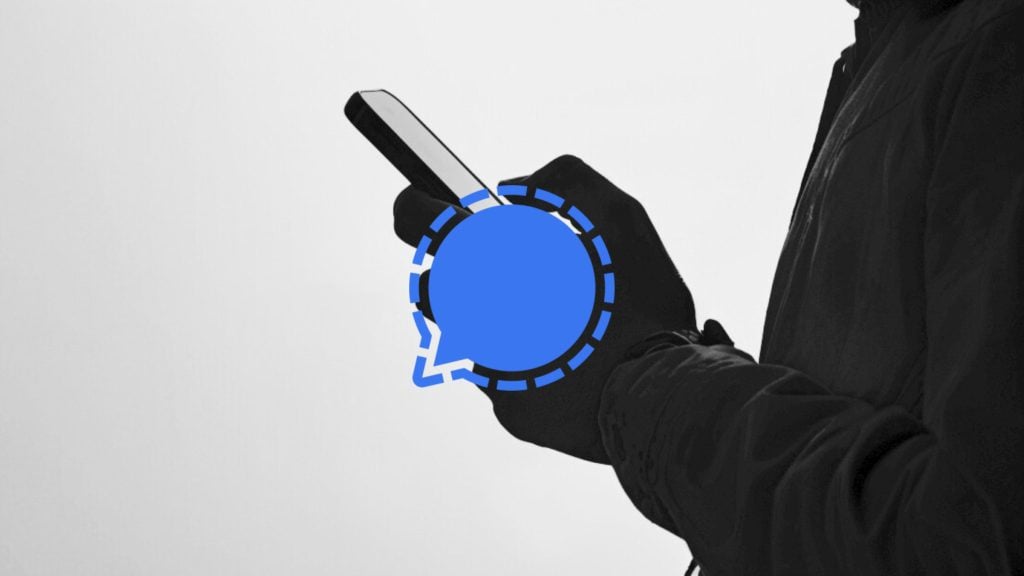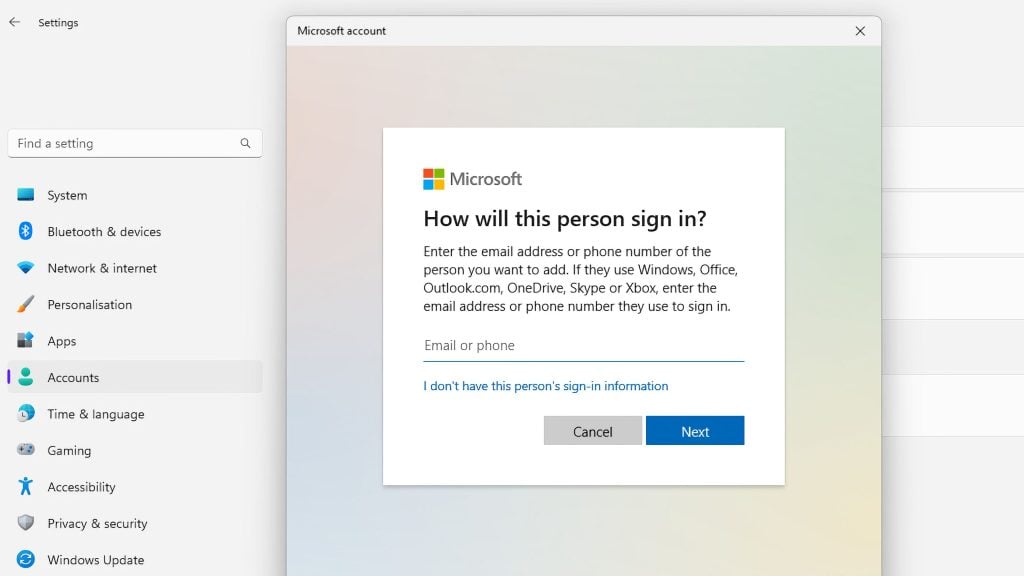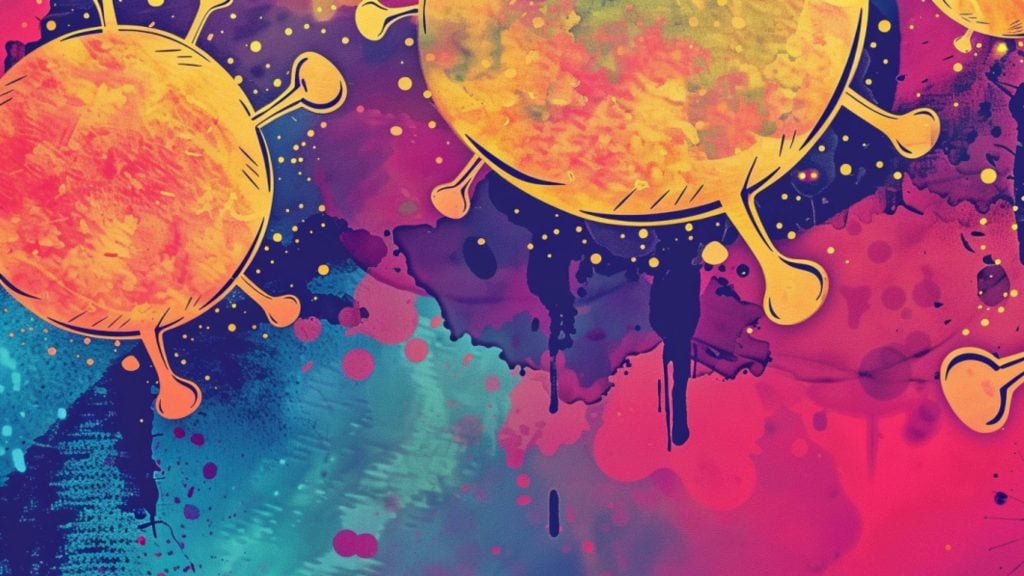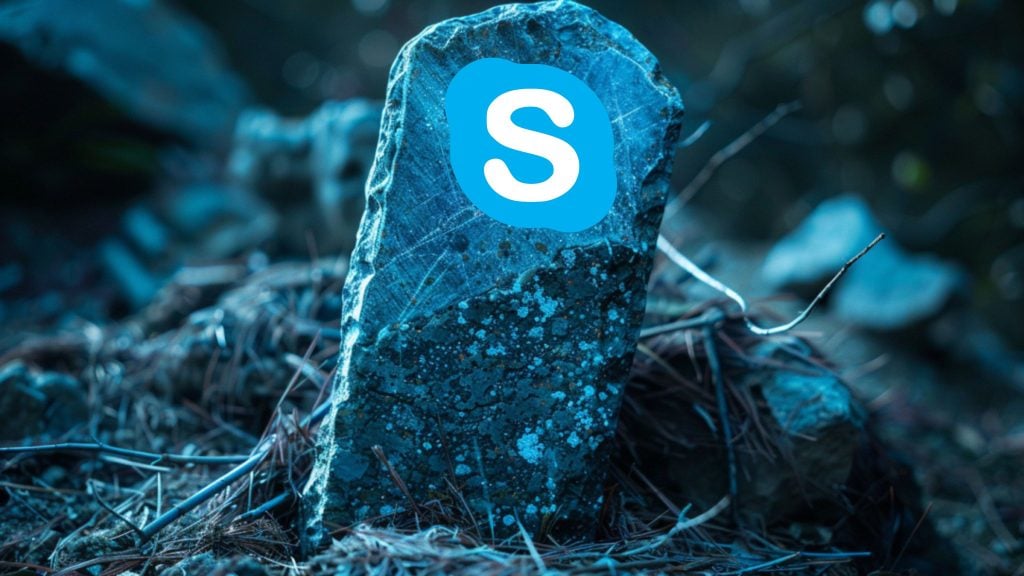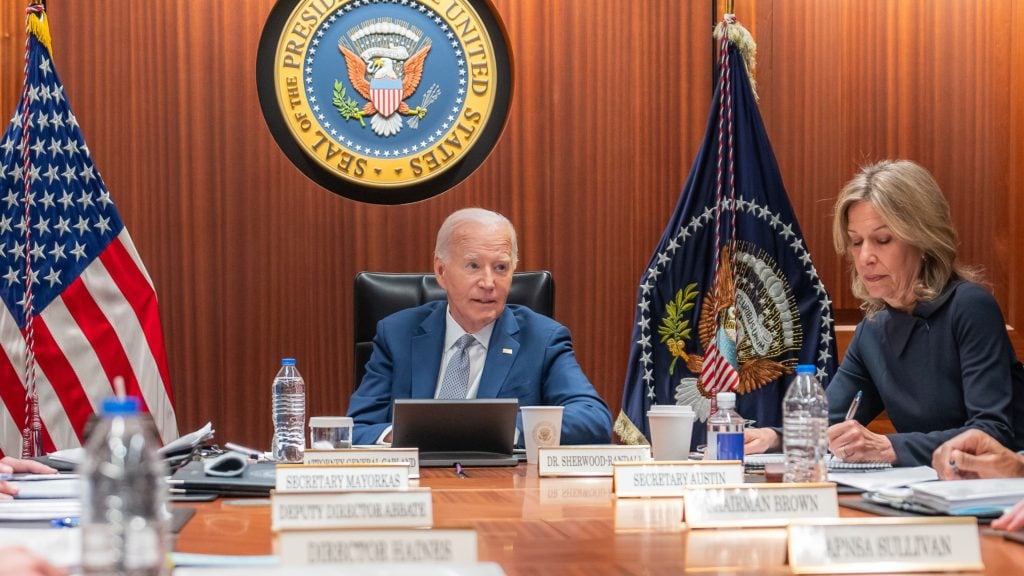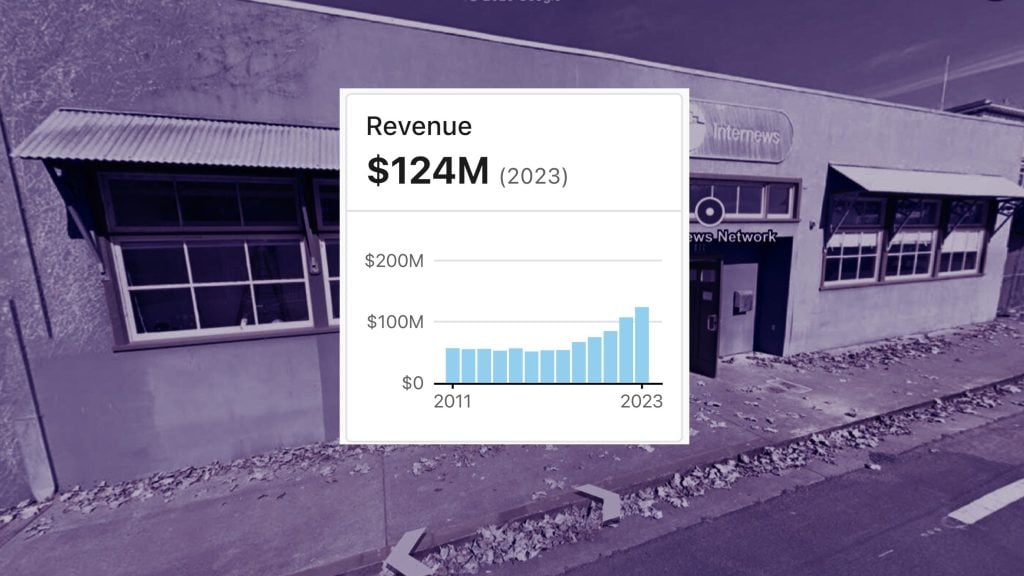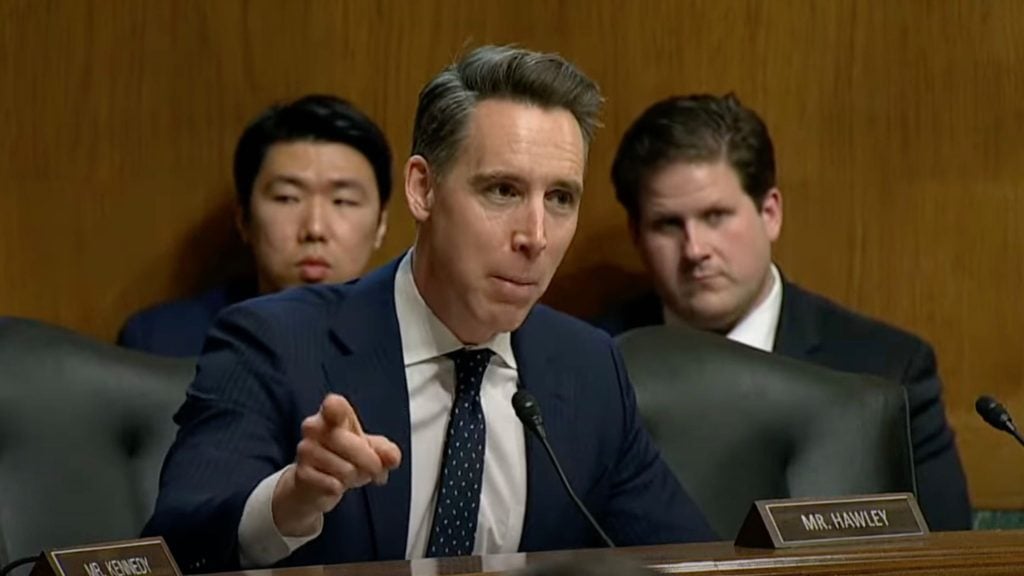Despite the social media platforms’ attempts to prop up legacy media outlets by classifying them as “authoritative sources” and giving them preferential treatment in the algorithms, these outlets are continuing to flounder while independent digital media goes from strength to strength.
Statistics suggest that CNN’s ratings recently hit their lowest numbers since 2015 in the highly coveted 25-54 age demo and averaged only 693,000 total prime time viewers. By comparison, The Philip De Franco Show, which covers news five days per week on YouTube, regularly brings in over 800,000 viewers per episode.
The recently released ratings for the fifth 2020 Democratic presidential debate further embody the struggles of legacy media in a world where independent digital media is on the rise.
Wednesday’s debate drew in the lowest numbers of the 2020 cycle with just 7.9 million total viewers watching the debates – 6.6 million live TV viewers on MSNBC and 1.3 million live stream viewers.
To put those numbers in context, the viewing figures have declined by more than 70% since the first round of Democratic presidential debates with the second night of those debates bringing in 27.1 million total viewers – 18.1 million live TV viewers and 9 million live stream viewers.
Not only are these numbers low and falling but when compared to the figures these same Democratic presidential candidates can draw in when appearing on independent digital media shows, it suggests that the tide is turning and tipping firmly in favor of digital media.
Bernie Sanders’ appearance on The Joe Rogan Experience podcast earlier this year generated significantly more views than this most recent Democratic presidential debate with the YouTube video of that podcast currently sitting at 10.48 million views. That number doesn’t even include podcast downloads which are likely in the millions.

The numbers also only tell one part of the story. Rogan’s first question to Sanders on that podcast points to another factor that is contributing to legacy media’s slow death spiral – the outdated format.
As the podcast opens, Rogan asks: “Do you get frustrated by the time constraints of the debates.”
“Absolutely!” Sanders answers. “You shouldn’t even call them a debate. What they are is a, you know, reality TV show in which you have to come up with a soundbite and all that stuff.”
Sanders adds: “You can’t explain the complexity of healthcare in America in 45 seconds. Nobody can.”
The actions of these legacy media outlets against their digital media competitors suggest that they’re aware that the traditional TV debate and news format that they offer isn’t competitive.
However, instead of changing the format of their content, these legacy media outlets appear to favor tactics that get their digital media competitors taken down.
Earlier this week, political commentator David Pakman had his coverage of the impeachment hearings blocked on YouTube multiple times after CNN and NBC issued bogus copyright claims on his videos. The videos were using public domain footage from C-SPAN and contained no CNN or NBC footage.
Pro-Trump meme maker Carpe Donktum also had a similar experience last month when he was temporarily suspended from Twitter, moments after sharing a video exposing CNN bias. In this instance, Donktum received a copyright claim on a video that had remained on Twitter for 21 months without issue, until soon after he posted the video on CNN bias.

